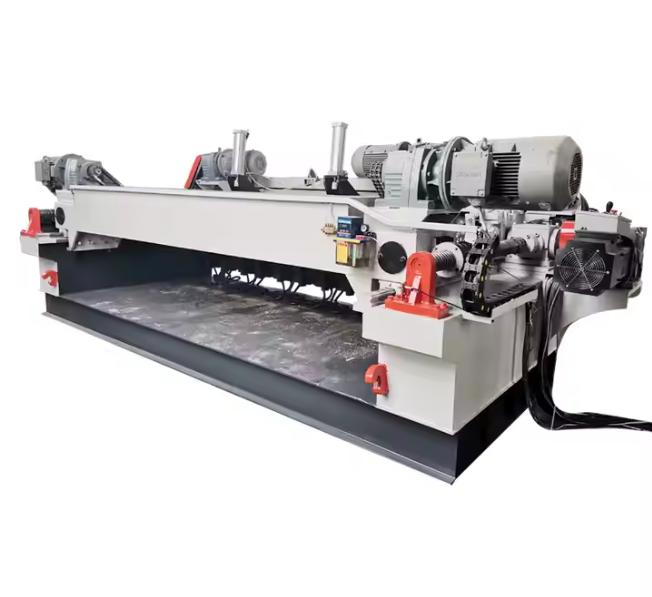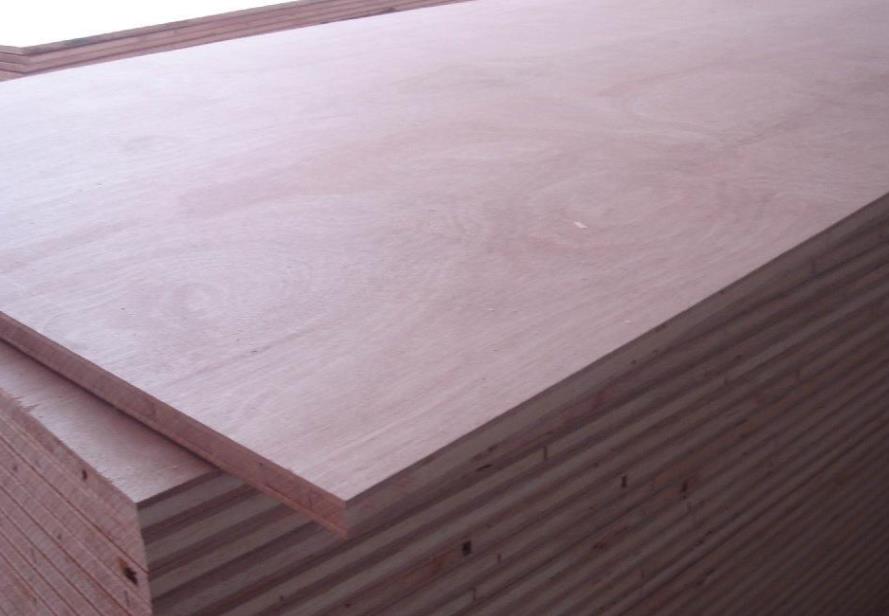Critical Layer Formation in Parallel Flow
When high-speed hot airflow passes parallel to the wood veneer surface, the flow is primarily turbulent. However, as it approaches the veneer surface, frictional resistance increases, reducing speed and transitioning to laminar flow. A thin layer of air near the surface slows to almost zero velocity, forming a stagnant air film known as the critical layer. This layer separates the air from the veneer surface.
Key effects of the critical layer:
Cross Ventilation is superior to longitudinal ventilation, particularly when high-speed perpendicular airflow is used. The ability to disrupt the critical layer significantly boosts drying efficiency, reduces drying time, and ensures more uniform results, making it the preferred choice in modern veneer drying systems.
 What is the yield rate of eucal
What is the yield rate of eucal
01 January,1970
 How to maintain the wood veneer
How to maintain the wood veneer
01 January,1970
 Working Principle of Wood Spind
Working Principle of Wood Spind
01 January,1970
 What is the Veneer Drying Equip
What is the Veneer Drying Equip
01 January,1970
 New glue technologies for plywo
New glue technologies for plywo
01 January,1970
 How to evaluate the production
How to evaluate the production
01 January,1970